Environmental Risk Assessment in Agriculture: The Example of Pistacia vera L. Cultivation in Greece
Abstract
1. Introduction
2. Materials and Methods
2.1. Pilot Fields
2.2. Environmental Risk Assessment Methodology
2.3. Irrigation Water Quality (IWQ Index)
2.4. Field Monitoring
2.5. Risk Classification
3. Results and Discussion
3.1. Risk Assessment for Selected Environmental Parameters in the Pilot Fields
3.2. Overall ERA Results in the Pilot Fields—Risk Matrices
4. Conclusions
Supplementary Materials
Author Contributions
Funding
Acknowledgments
Conflicts of Interest
Appendix A. Risk Categories Identified and Assigned for Selected Environmental Parameters Used in this Study
Appendix A.1. Soil pH

Appendix A.2. Soil Organic Matter

Appendix A.3. Soil Salinity
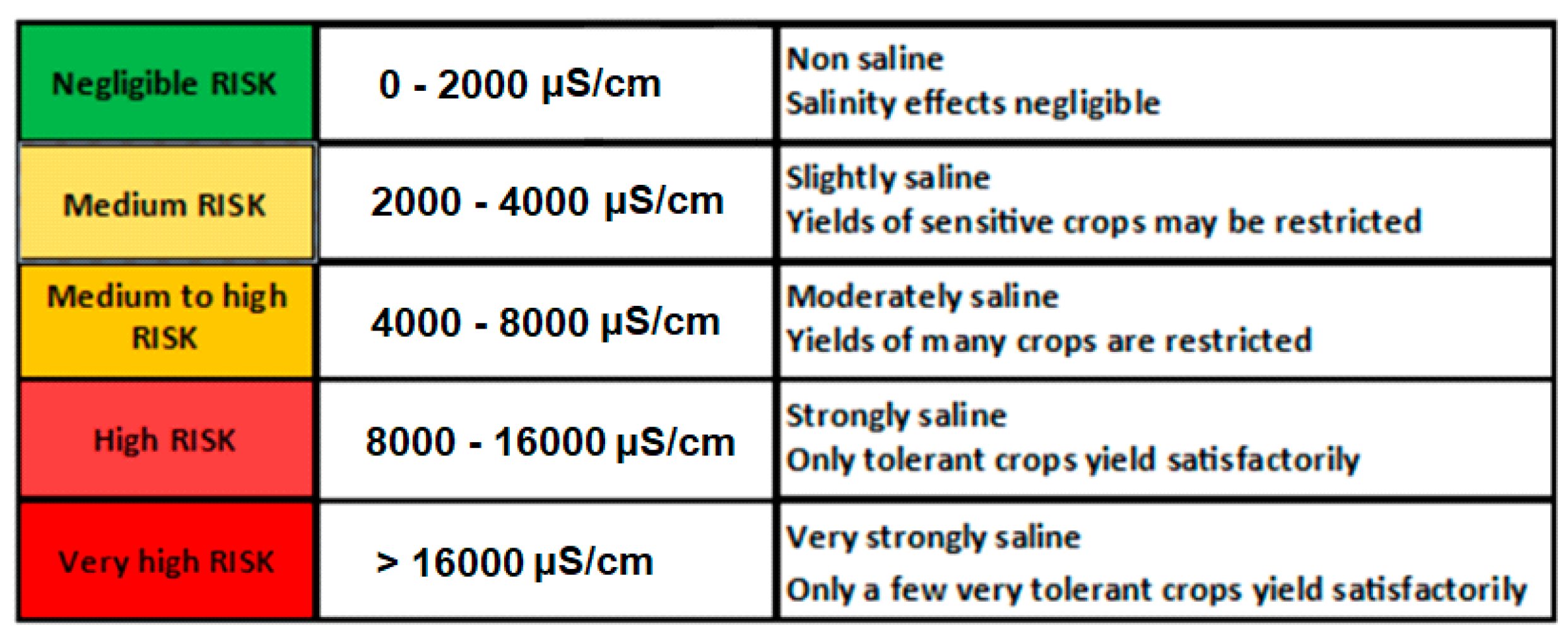
Appendix A.4. Heavy Metals

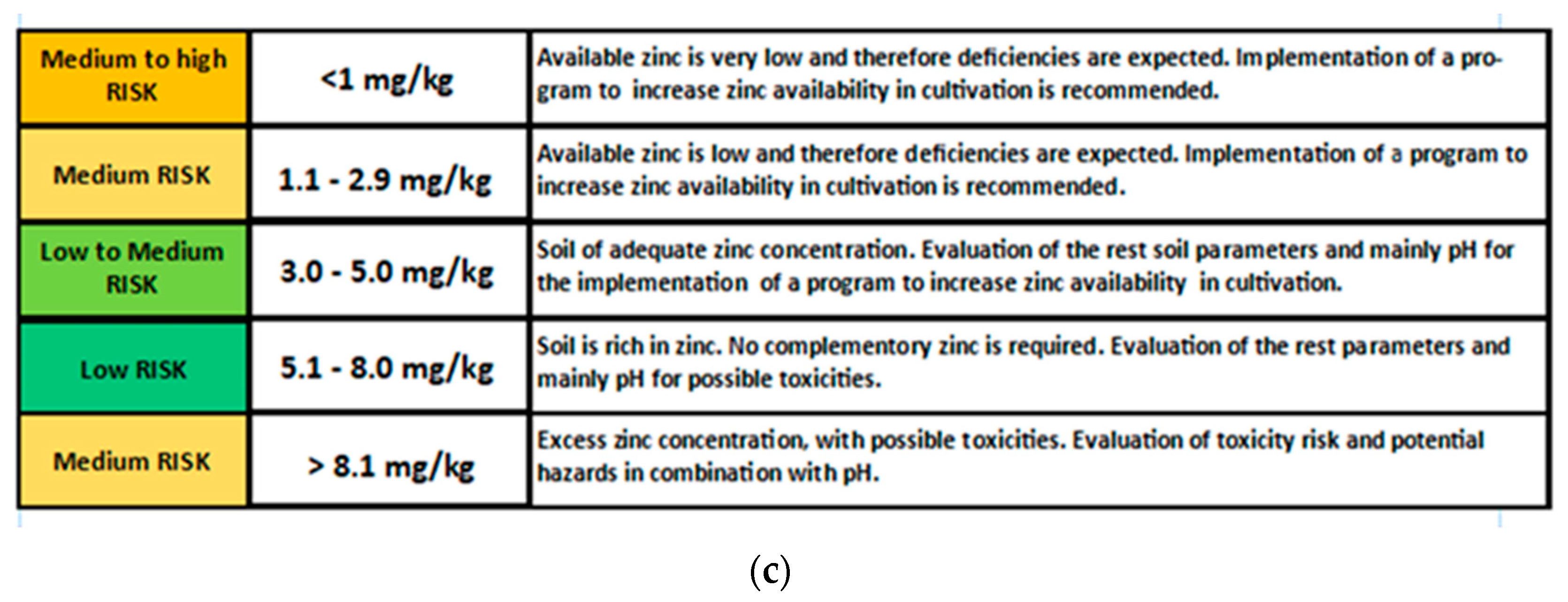
Appendix A.5. Irrigation Water Quality

References
- Bartzas, G.; Tinivella, F.; Medini, L.; Zaharaki, D.; Komnitsas, K. Assessment of groundwater contamination risk in an agricultural area in north Italy. Inf. Process. Agric. 2015, 2, 109–129. [Google Scholar] [CrossRef]
- Komnitsas, K.; Modis, K.; Doula, M.; Kavvadias, V.; Sideri, D.; Zaharaki, D. Geostatistical estimation of risk for soil and water in the vicinity of olive mill wastewater disposal sites. Desalin. Water Treat. 2016, 57, 2982–2995. [Google Scholar] [CrossRef]
- Bartzas, G.; Komnitsas, K. Life cycle analysis of pistachio production in Greece. Sci. Total Environ. 2017, 595, 13–24. [Google Scholar] [CrossRef] [PubMed]
- ISO (International Standardisation Organisation). Soil Quality. Procedure for Site-Specific Ecological Risk Assessment of Soil Contamination (Soil Quality TRIAD Approach); ISO: Geneva, Switzerland, 1920. [Google Scholar]
- Komnitsas, K.; Zaharaki, D. Assessment of human and ecosystem risk due to agricultural waste compost application on soils: A review. Environ. Forensics 2014, 15, 312–328. [Google Scholar] [CrossRef]
- Swartjes, F. Risk-based assessment of soil and groundwater quality in the Netherlands: Standards and remediation urgency. Risk Anal. 1999, 19, 1235–1249. [Google Scholar] [CrossRef]
- Bartzas, G.; Zaharaki, D.; Doula, M.; Komnitsas, K. Evaluation of groundwater vulnerability in a Greek island using GIS-based models. Desalin. Wat. Treat. 2017, 67, 61–73. [Google Scholar] [CrossRef]
- Jalali, M.; Jalali, M. Assessment risk of phosphorus leaching from calcareous soils using soil test phosphorus. Chemosphere 2017, 171, 106–117. [Google Scholar] [CrossRef]
- Bartzas, G.; Zaharaki, D.; Komnitsas, K. Assessment of Aquifer vulnerability in an agricultural area in Spain using the DRASTIC model. Environ. Forensics 2015, 16(4), 356–373. [Google Scholar] [CrossRef]
- Bartzas, G.; Komnitsas, K. Energy flow analysis of irrigated pistachio production in Aegina, Greece. Sustain. Energ. Technol. Assess. 2018, 28C, 73–80. [Google Scholar]
- NOA (National Observatory of Athens). Network of Meteorological Stations—Monitoring and Analysis. Available online: http://stratus.meteo.noa.gr/front (accessed on 10 September 2019).
- Bartzas, G.; Komnitsas, K. An integrated multi-criteria analysis for assessing sustainability of agricultural production at regional level. Inf. Process. Agric. 2020, 7, 223–232. [Google Scholar] [CrossRef]
- US EPA (United States Environmental Protection Agency). Conducting an Ecological Risk Assessment. Available online: https://www.epa.gov/risk/conducting-ecological-risk-assessment (accessed on 21 May 2020).
- Zolezzi, M.; Cattaneo, C.; Tarazona, J.V. Probabilistic Ecological Risk Assessment of 1,2,4-Trichlorobenzene at a Former Industrial Contaminated Site. Environ. Sci. Technol. 2005, 39, 2920–2926. [Google Scholar] [CrossRef] [PubMed]
- Paladino, O.; Seyedsalehi, M.; Massabò, M. Probabilistic risk assessment of nitrate groundwater contamination from greenhouses in Albenga plain (Liguria, Italy) using lysimeters. Sci. Tot. Environ. 2018, 634, 427–438. [Google Scholar] [CrossRef]
- Komnitsas, K.; Zaharaki, D.; Pyliotis, I.; Vamvuka, D.; Bartzas, G. Assessment of pistachio shell biochar quality and its potential for adsorption of heavy metals. Waste Biomass Valor. 2015, 6, 805–816. [Google Scholar] [CrossRef]
- Chartzoulakis, K.; Bertaki, M. Sustainable water management in agriculture under climate change. Agric. Agric. Sci. Procedia 2015, 4, 88–98. [Google Scholar] [CrossRef]
- Simsek, C.; Gunduz, O. IWQ index: A GIS-integrated technique to assess irrigation water quality. Environ. Monit. Assess. 2007, 128, 277–300. [Google Scholar] [CrossRef]
- Von der Gracht, H.A. Consensus measurement in Delphi studies: Review and implications for future quality assurance. Technol. Forecast. Soc. Chang. 2012, 79, 1525–1536. [Google Scholar] [CrossRef]
- Dalkey, N.C.; Helmer, O. An experimental application of the Delphi method to the use of experts. Manag. Sci. 1963, 9, 458–467. [Google Scholar] [CrossRef]
- Etxeberria, I.A.; Garayar, A.; Calvo Sánchez, J.A. Development of sustainability reports for farming operations in the Basque Country using the Delphi method. Rev. Contab. 2015, 18, 44–54. [Google Scholar]
- Ilic, S.; LeJeuneb, J.; Lewis-Ivey, M.L.; Sally Miller, S. Delphi expert elicitation to prioritize food safety management practices in greenhouse production of tomatoes in the United States. Food Control 2017, 78, 108–115. [Google Scholar] [CrossRef]
- Ayers, R.S.; Westcot, D.W. Water Quality for Agriculture; FAO Irrigation and Drainage Paper No. 29, Rev. 1; U.N. Food and Agriculture Organization: Rome, Italy, 1985. [Google Scholar]
- Nelson, D.W.; Sommers, L.E. Total Carbon, Organic Carbon, and Organic Matter. In Methods of Soil Analysis Part 3—Chemical Methods; Soil Science Society of America; American Society of Agronomy: Madison, WI, USA, 1996; pp. 961–1010. [Google Scholar]
- Komnitsas, K.; Modis, K. Soil risk assessment of As and Zn contamination in a coal mining region using geostatistics. Sci. Total Environ. 2006, 371, 190–196. [Google Scholar] [CrossRef]
- Gallardo, M.; Thompson, R.B.; Fernandez, M.D. Good Agricultural Practices for Greenhouse Crop Vegetable Crops: Principles for Mediterranean Climate Areas; FAO, Plant Production and Protection: Rome, Italy, 2013; p. 640. [Google Scholar]
- Assimakopoulou, A.; Nifakos, K.; Salmas, I.; Alyfantis, N. Preliminary study of the nutritional status of pistachio in Aegina, Greece. Commun. Soil Sci. Plant Anal. 2013, 44, 356–365. [Google Scholar] [CrossRef]
- Shiwakoti, S.; Zheljazkov, V.D.; Gollany, H.T.; Kleber, M.; Xing, B. Macronutrients in soil and wheat as affected by a long-term tillage and nitrogen fertilization in winter wheat-fallow rotation. Agronomy 2019, 9, 178. [Google Scholar] [CrossRef]
- Preston, W.; da Silva, Y.J.; do Nascimento, C.W.; da Cunha, K.P.; Silva, D.J.; Ferreira, H.A. Soil contamination by heavy metals in vineyard of a semiarid region: An approach using multivariate analysis. Geoderma Reg. 2016, 7, 357–365. [Google Scholar] [CrossRef]
- Brunetto, G.; Miotto, A.; Ceretta, C.A.; Schmitt, D.E.; Heinzen, J.; de Moraes, M.P.; Canton, L.; Tiecher, T.L.; Comin, J.J.; Girotto, E. Mobility of copper and zinc fractions in fungicide-amended vineyard sandy soils. Arch. Agron. Soil Sci. 2014, 60, 609–624. [Google Scholar] [CrossRef]
- Kallsen, C.E.; Holtz, B.; Villaruz, L.; Wylie, C. Leaf zinc and copper concentrations of mature pistachio trees in response to fertigation. Hort. Technol. 2000, 10, 172–176. [Google Scholar] [CrossRef]
- Franzluebbers, A.J.; Hons, F.M. Soil-profile distribution of primary and secondary plantavailable nutrients under conventional and no tillage. Soil Tillage Res. 1996, 39, 229–239. [Google Scholar] [CrossRef]
- Karakuş, C.B.; Yıldız, S. Evaluation for irrigation water purposes of groundwater quality in the vicinity of Sivas City Centre (Turkey) by using GIS and an irrigation water quality index. Irrig. Drain. 2020, 69, 121–137. [Google Scholar] [CrossRef]
- Keshavarz, P.; Malakouti, M.J.; Karimian, N.; Fotovat, A. The Effects of Salinity on Extractability and Chemical Fractions of Zinc in Selected Calcareous Soils of Iran. J. Agric. Sci. Tech. 2016, 8, 181–190. [Google Scholar]
- Eskandari, S.; Mozaffari, V. Interactive Effect of Soil Salinity and Copper Application on Growth and Chemical Composition of Pistachio Seedlings (cv. Badami). Commun. Soil Sci. Plant Anal. 2014, 45, 688–702. [Google Scholar] [CrossRef]
- Osman, K.T. Plant nutrients and soil fertility management. In Soils: Principles, Properties and Management; Springer: Heidelberg, Germany, 2013; pp. 129–159. [Google Scholar]
- Haynes, R.J. Soil Organic Matter Quality and the Size and Activity of the Microbial Biomass: Their Significance to the Quality of Agricultural Soils. In Soil Mineral Microbe-Organic Interactions; Huang, Q., Huang, P.M., Violante, A., Eds.; Springer: Heidelberg, Germany, 2008; pp. 201–231. [Google Scholar]
- Bano, A.; Fatima, M. Salt tolerance in Zea mays (L.) following inoculation with Rhizobium and Pseudomonas. Biol. Fertil. Soils 2009, 45, 405–413. [Google Scholar] [CrossRef]
- Sharma, B.; Molden, D.; Cook, S. Water use efficiency in agriculture: Measurement, current situation and trends. In Managing Water and Fertilizer for Sustainable Agricultural Intensification; Drechsel, P., Heffer, P., Magen, H., Mikkelsen, R., Wichelns, D., Eds.; International Fertilizer Industry Association (IFA): Paris, France; International Water Management Institute (IWMI): Colombo, Sri Lanka; International Plant Nutrition Institute (IPNI): Peachtree Corners, GA, USA; International Potash Institute (IPI): Horgen, Switzerland, 2015; pp. 39–64. [Google Scholar]
- ATSDR (United States Agency for Toxic Substances and Disease Registry). Toxicological Profile for Copper; U.S. Department of Health and Human Services: Washington, DC, USA, 2004; p. 272.
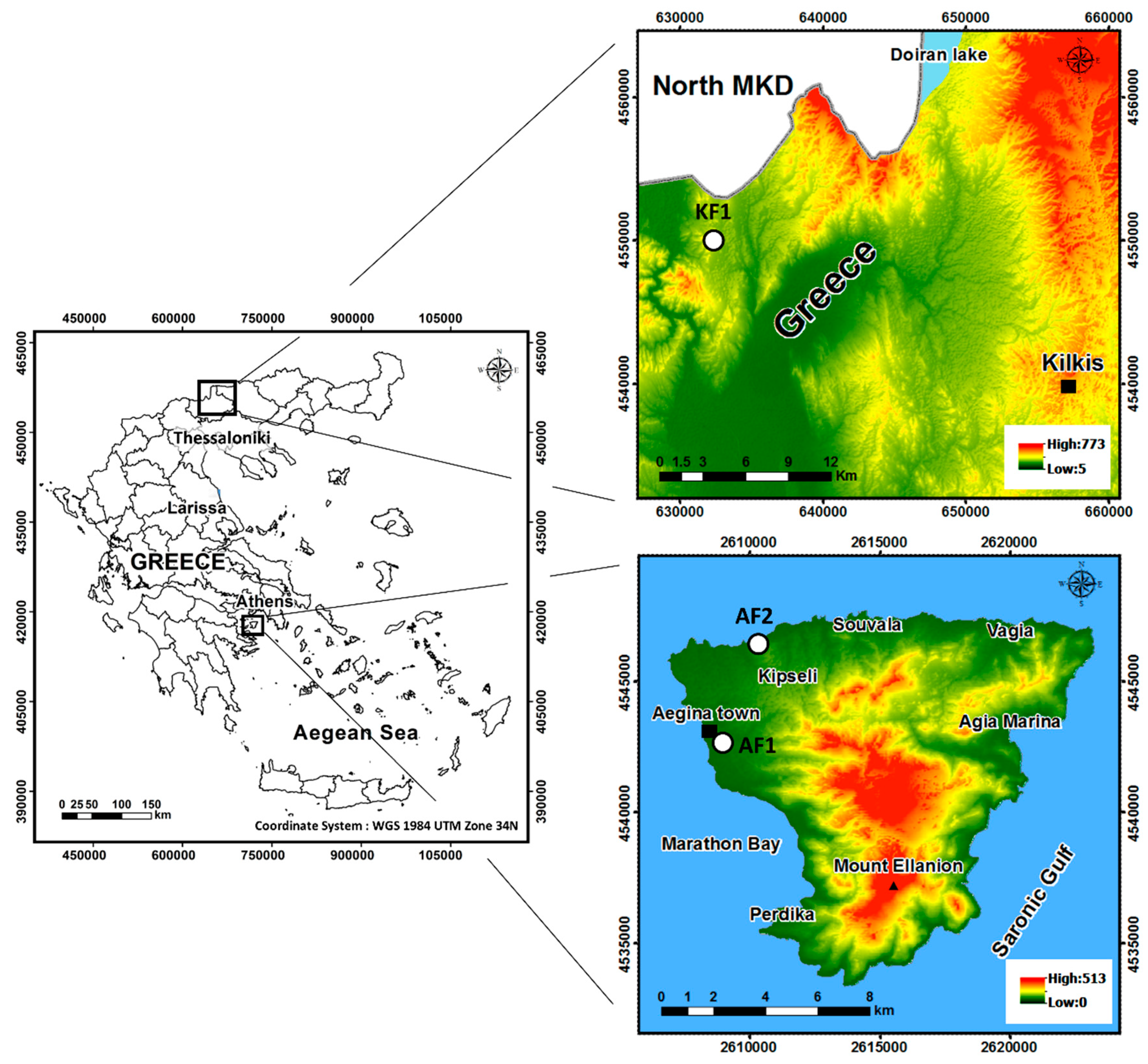
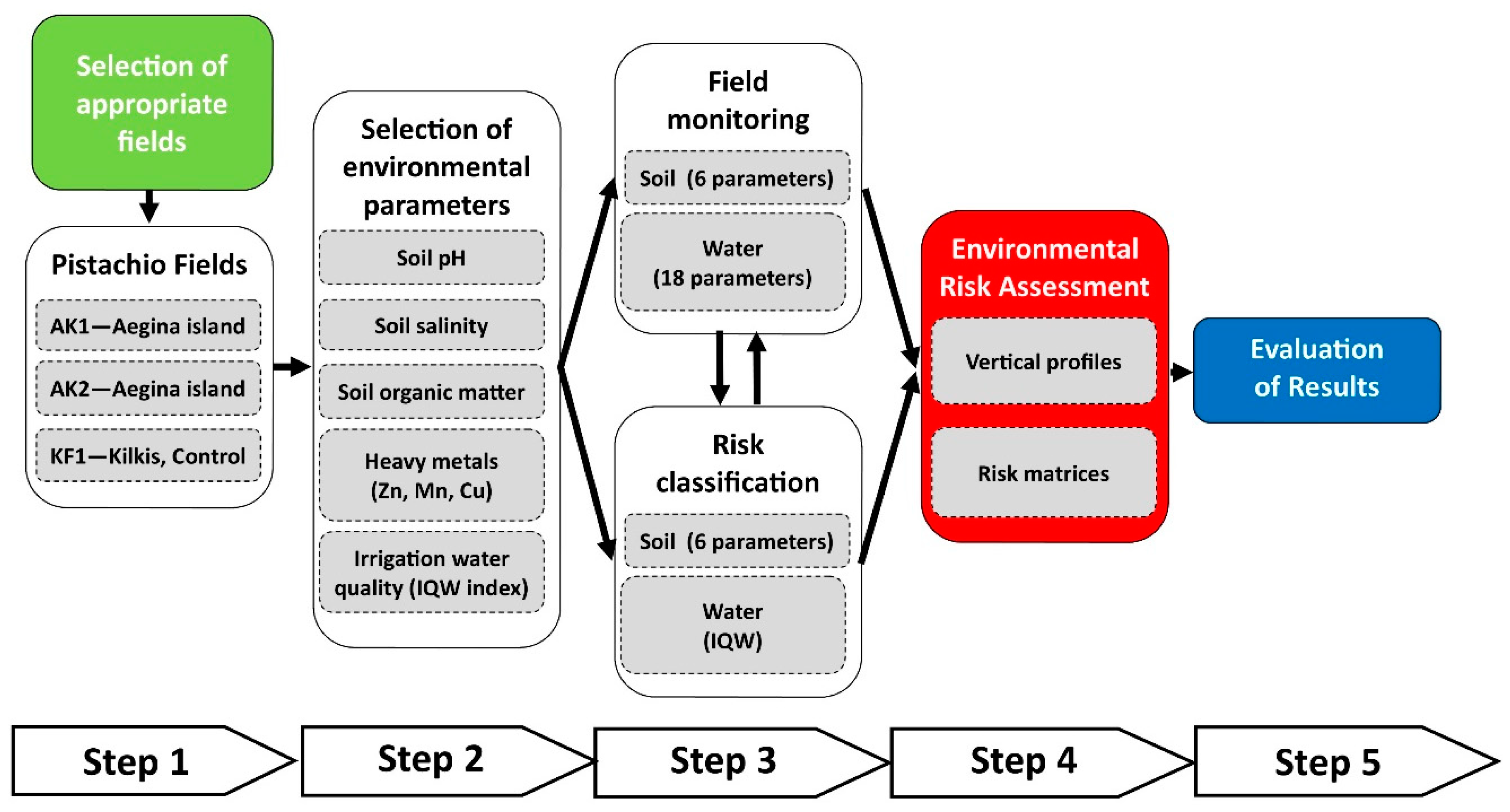
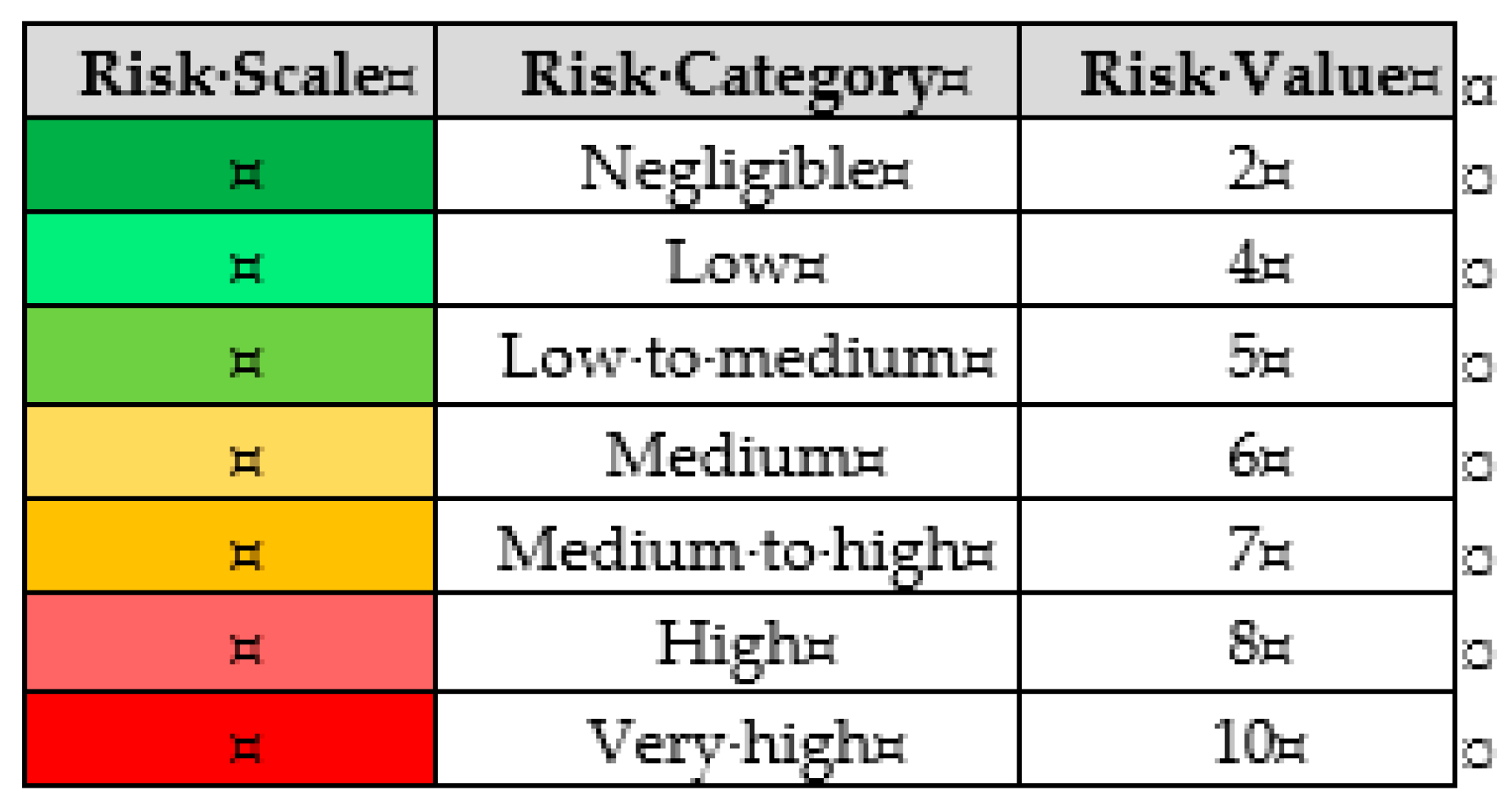
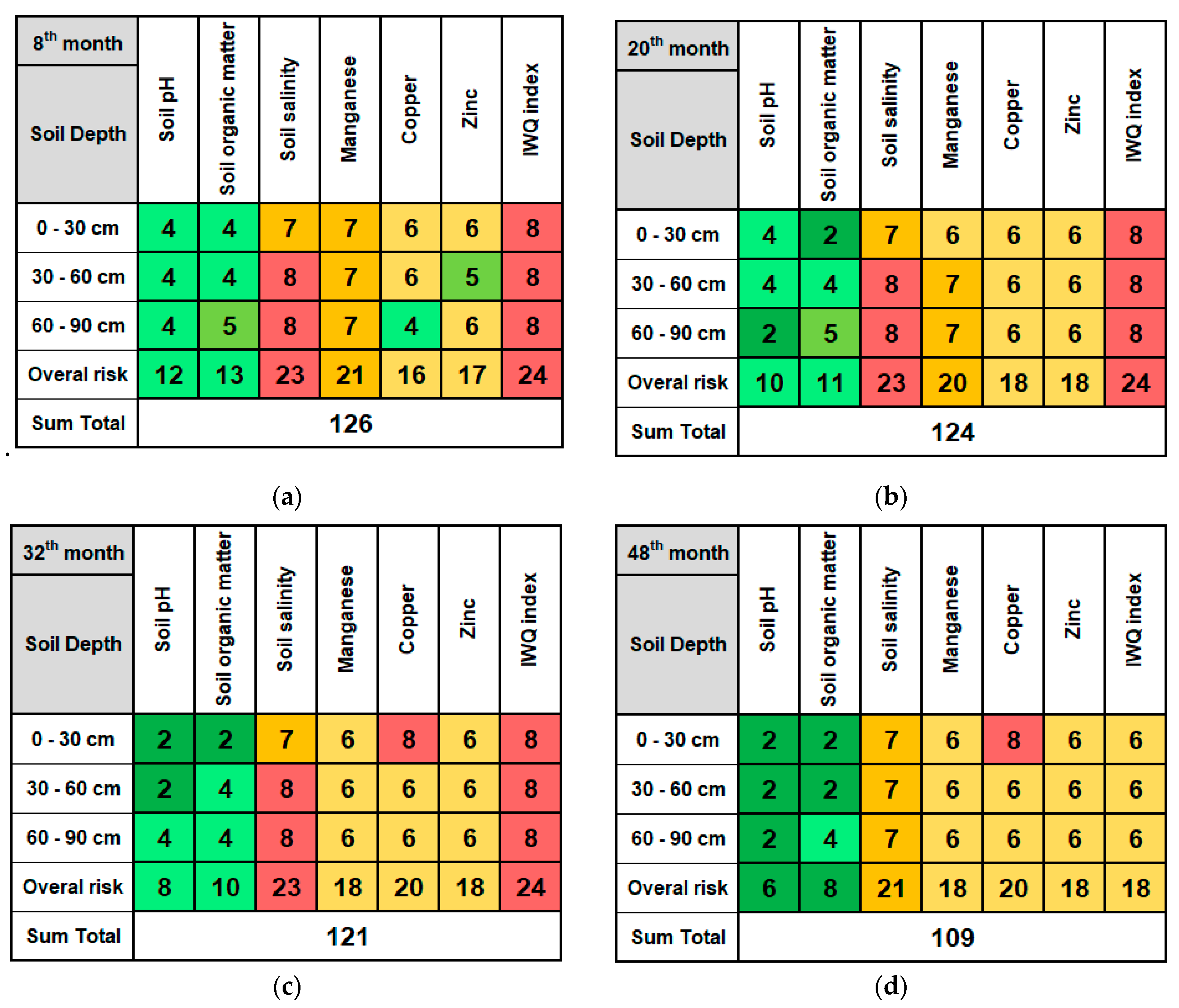
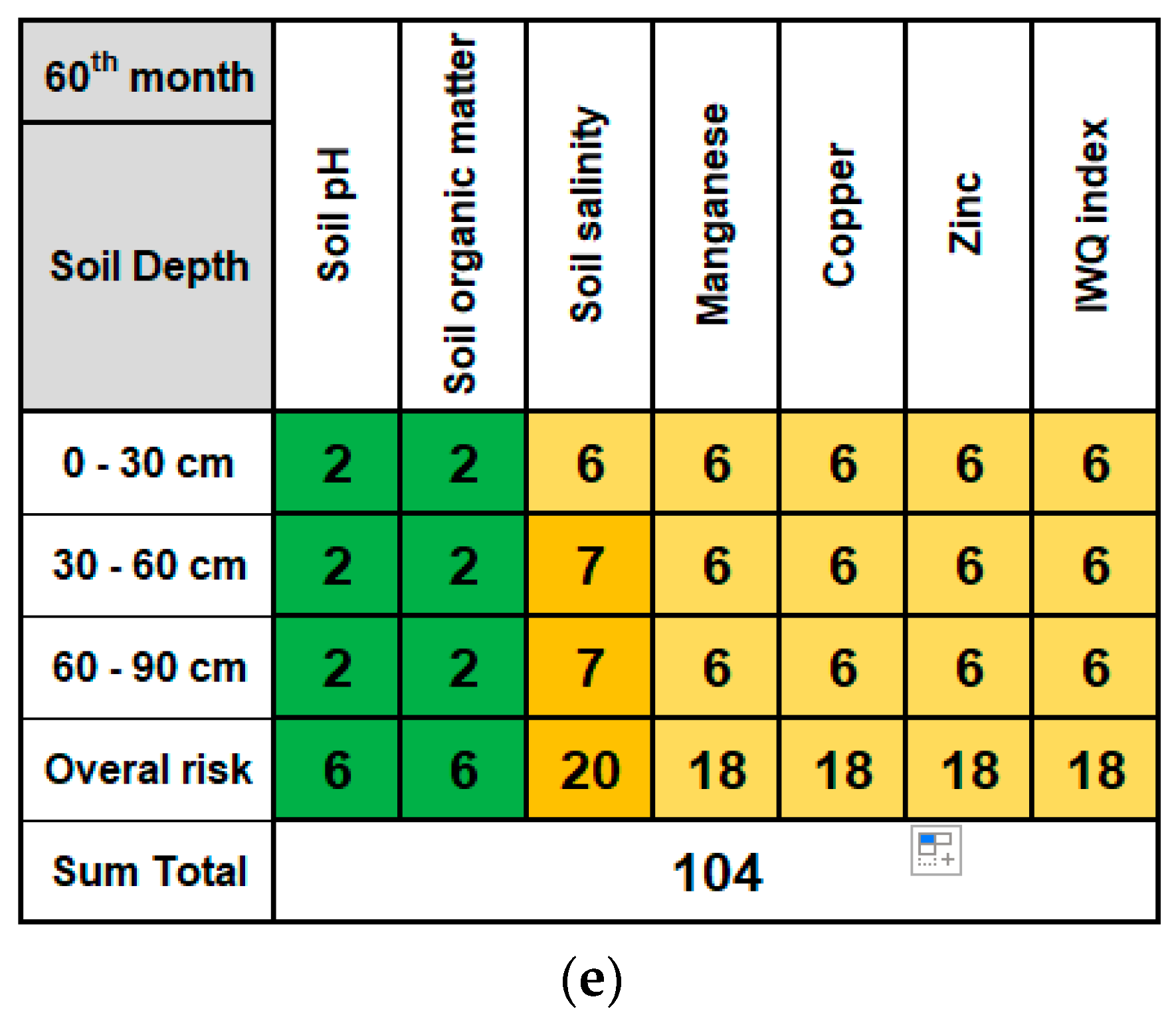

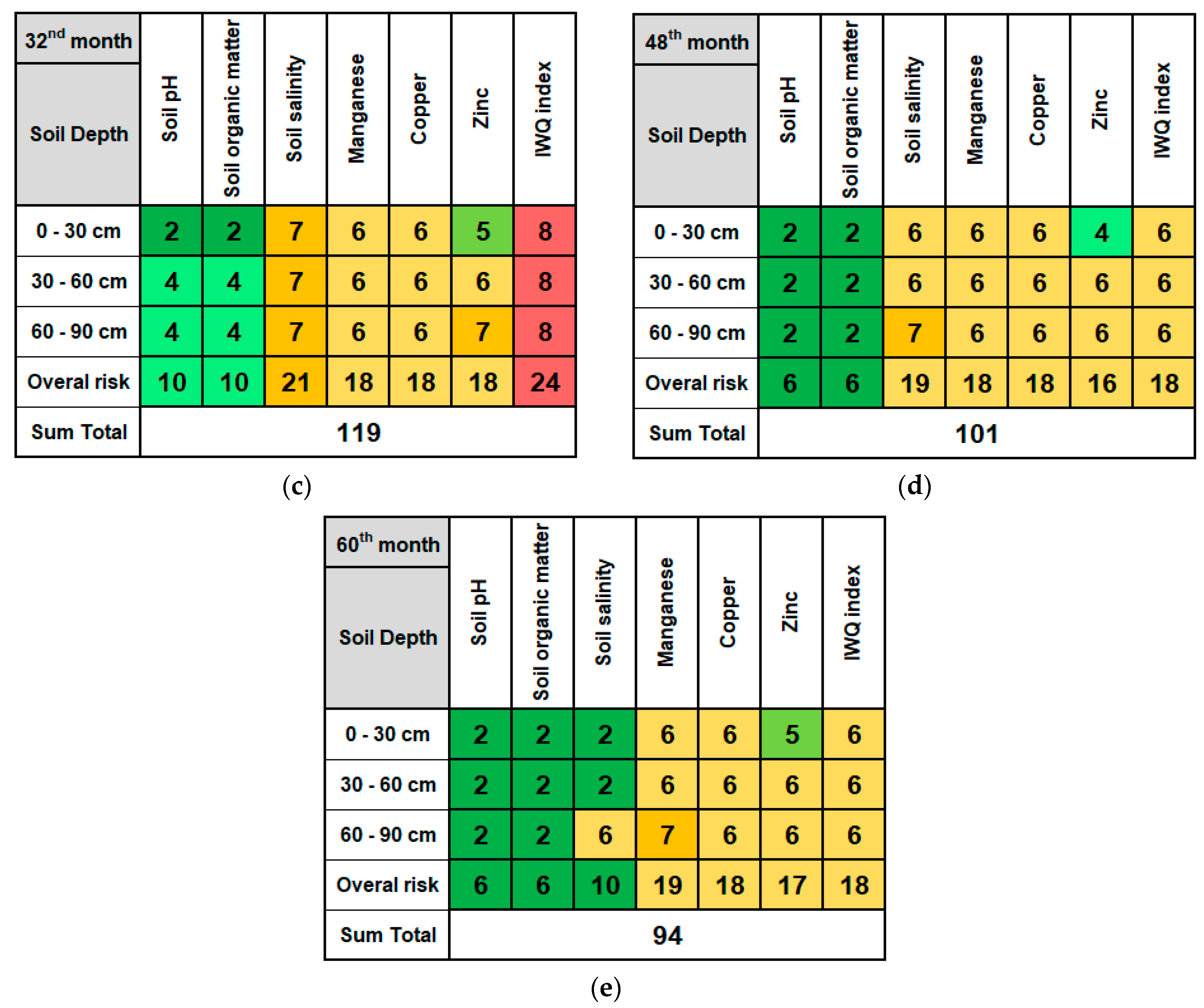
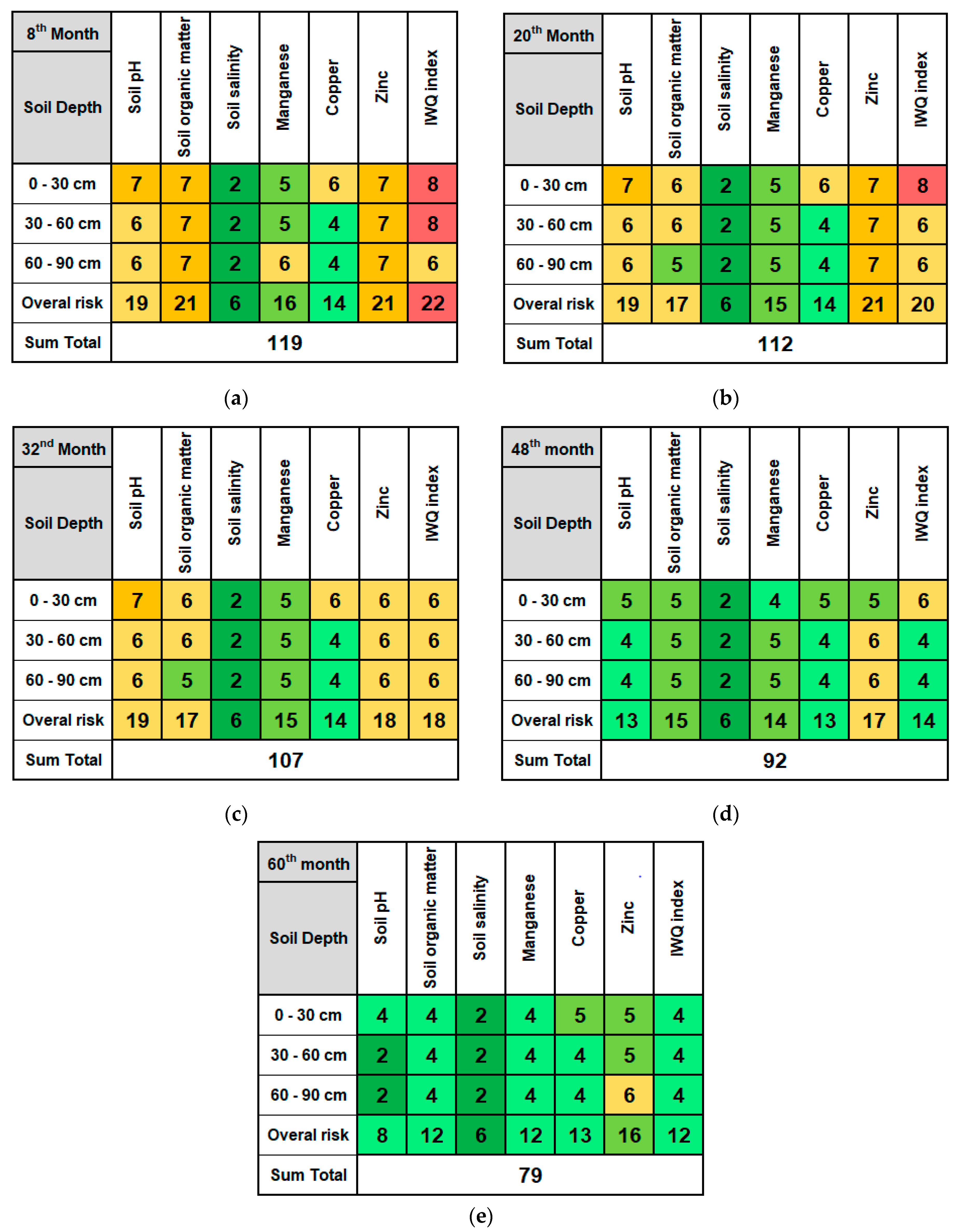
| Cultivation Characteristics | Pilot Fields | ||
|---|---|---|---|
| AF1 | AF2 | KF1 | |
| Species | Pistacia vera. L | ||
| Cultivar name | Aegina | Aegina | Pontikis |
| Area (ha) | 0.1 | 0.1 | 0.1 |
| Orchard age (years) | 70 | 60 | 18 |
| Density (trees per ha) | 300 | 250 | 270 |
| Average Yield (kg/ha) 1 | 230 | 220 | 170 |
| Harvest period | 1st week of September | ||
| Irrigation technique | drip irrigation | ||
| Irrigation period | April to September | ||
| Conventional Fertilization Primary Nutrient Content (in kg/ha) | |||
| Νitrogen (N) | 230 | 265 | 90 |
| Phosphorus (P) | 70 | 50 | 90 |
| Potassium (K) | 200 | 190 | 130 |
| Pest control (in kg/ha) | |||
| Copper | 3.0 (oxychloride) | 1.5 (hydroxide) | |
| Waste Management | |||
| Solids (culls, hulls, prunings, dead trees, etc. | On farm dumping | ||
| Wastewaters (dehulling effluents) | Uncontrolled disposal | ||
| Cultivation Characteristics | Pilot Fields | ||
|---|---|---|---|
| AF1 | AF2 | KF1 | |
| Month SP applied | 48 | 48 | 48 |
| Yield (kg/ha) 1,2 | 240 (+4%) | 230 (+5%) | 170 (−) |
| Sustainable irrigation2 | Soil washing (+12% water applied) | Soil washing (+11% water applied) | Soil washing (+5% water applied) |
| Sustainable Fertilization | |||
| (i) Primary Nutrient Content (in kg/ha) | |||
| Νitrogen (N)2 | 140 (−39%) | 120 (−55%) | 90 (0%) |
| Phosphorus (P) | − | − | − |
| Potassium (K) | − | − | − |
| (ii) Secondary Nutrient Content (in kg/ha) | |||
| Iron (as Fe-EDDHA/6.5% Fe) | 4 | − | − |
| Boron (as Borax/11% B) | 4.95 | 1.54 | 1.54 |
| Zinc (Zn Sulfate /22.5 % Ζn) | − | 3 | 3 |
| Sustainable Waste Management | |||
| Solids (culls, hulls, prunings, dead trees, etc. | Composting in windrows/biochar production | Composting in windrows | Composting in piles |
| Wastewaters (dehulling effluents) | Evaporation in two sequential ponds | Evaporation in five sequential ponds | − |
| Risk | Weight | Parameter | Range | Rating | Suitability |
|---|---|---|---|---|---|
| Salinity | 5 | Electrical conductivity (µS/cm) | EC < 700 | 3 | High |
| 700 < EC < 3000 | 2 | Medium | |||
| EC > 3000 | 1 | Low | |||
| Infiltration and Permeability | 4 | See Table S2 in the Supplementary Materials for details | |||
| Specific ion toxicity | 3 | Sodium adsorption ratio (−) | SAR < 3.0 | 3 | High |
| 3.0 < SAR < 9.0 | 2 | Medium | |||
| SAR > 9.0 | 1 | Low | |||
| Chloride (mg/L) | Cl < 140 | 3 | High | ||
| 140 < Cl < 350 | 2 | Medium | |||
| Cl > 350 | 1 | Low | |||
| Trace element toxicity | 2 | See Table S3 in the Supplementary Materials for details | |||
| Miscellaneous effects to sensitive crops | 1 | Nitrate-Nitrogen (mg/L) | NO3− N < 5.0 | 3 | High |
| 5.0 < NO3− N < 30.0 | 2 | Medium | |||
| NO3− N > 30.0 | 1 | Low | |||
| Bicarbonate (mg/L) | HCO3− < 90 | 3 | High | ||
| 90 < HCO3− < 500 | 2 | Medium | |||
| HCO3 − > 500 | 1 | Low | |||
| pH | 7.0 < pH < 8.0 | 3 | High | ||
| 6.5 < pH < 7.0 and 8.0 < pH < 8.5 | 2 | Medium | |||
| pH < 6.5 and pH > 8.5 | 1 | Low | |||
| Month (M) | Overall Risk Value for Pilot Fields | Overall Risk Category for Pilot Fields | ||||
|---|---|---|---|---|---|---|
| AF1 | AF2 | AF3 | AF1 | AF2 | KF1 | |
| 8 1 | 126 | 128 | 119 | Medium to high | Medium to high | Medium |
| 20 1 | 124 | 123 | 112 | Medium | Medium | Medium |
| 32 1 | 121 | 119 | 107 | Medium | Medium | Medium |
| 48 2 | 109 | 101 | 92 | Medium | Low to Medium | Low to Medium |
| 60 2 | 104 | 94 | 79 | Low to Medium | Low to Medium | Low |
© 2020 by the authors. Licensee MDPI, Basel, Switzerland. This article is an open access article distributed under the terms and conditions of the Creative Commons Attribution (CC BY) license (http://creativecommons.org/licenses/by/4.0/).
Share and Cite
Bartzas, G.; Komnitsas, K. Environmental Risk Assessment in Agriculture: The Example of Pistacia vera L. Cultivation in Greece. Sustainability 2020, 12, 5735. https://doi.org/10.3390/su12145735
Bartzas G, Komnitsas K. Environmental Risk Assessment in Agriculture: The Example of Pistacia vera L. Cultivation in Greece. Sustainability. 2020; 12(14):5735. https://doi.org/10.3390/su12145735
Chicago/Turabian StyleBartzas, Georgios, and Konstantinos Komnitsas. 2020. "Environmental Risk Assessment in Agriculture: The Example of Pistacia vera L. Cultivation in Greece" Sustainability 12, no. 14: 5735. https://doi.org/10.3390/su12145735
APA StyleBartzas, G., & Komnitsas, K. (2020). Environmental Risk Assessment in Agriculture: The Example of Pistacia vera L. Cultivation in Greece. Sustainability, 12(14), 5735. https://doi.org/10.3390/su12145735






